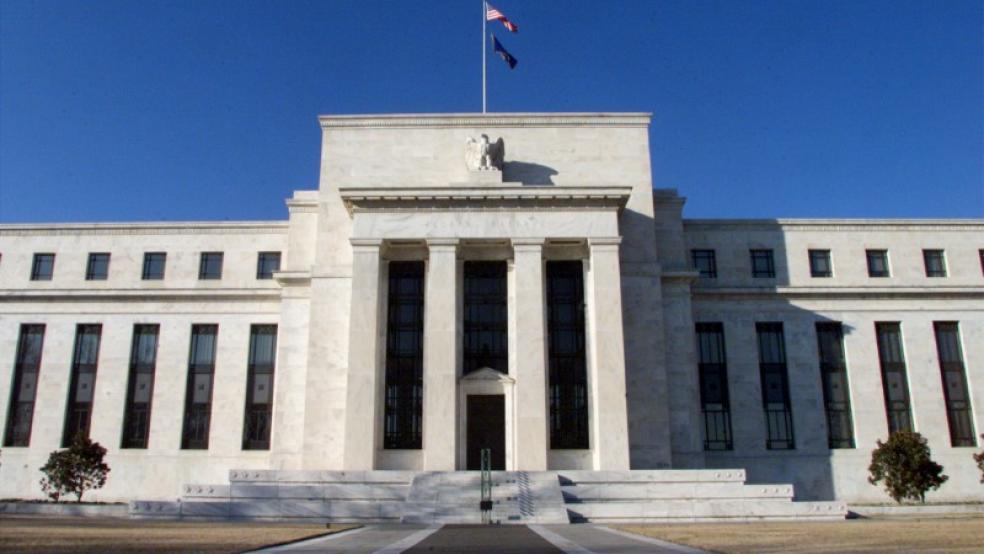At their most recent meeting in December, officials at the Federal Reserve made it clear that they remain committed to their effort to reduce inflation from its recent historic highs, even as inflationary pressure begins to show signs of easing.
According to the minutes of the December 13-14 meeting released Wednesday, Fed officials expressed concerns that the labor market in particular remains exceptionally tight, contributing to an ongoing risk that inflation may remain at unacceptably high levels.
“The risks to the inflation outlook remained tilted to the upside,” Fed officials said, per the minutes. “Participants cited the possibility that price pressures could prove to be more persistent than anticipated, due to, for example, the labor market staying tight for longer than anticipated.”
Add in a host of other uncertainties – including the end of Covid-19 restrictions in China and the war in Ukraine – and the bias of Fed officials appears to point toward higher rates maintained for a longer time. “Participants generally observed that a restrictive policy stance would need to be maintained until the incoming data provided confidence that inflation was on a sustained downward path to 2 percent, which was likely to take some time,” the minutes say. “In view of the persistent and unacceptably high level of inflation, several participants commented that historical experience cautioned against prematurely loosening monetary policy.”
Although some Fed officials said they were worried about too much monetary tightening, which could push the economy into a recession, there was a consensus that further interest rate hikes by the Federal Open Market Committee would be necessary. And no officials said they expect to see rate cuts during 2023.
Ryan Sweet, chief U.S. economist at Oxford Economics, said the minutes suggest that “that the Fed is going to reduce inflation at the risk of hurting the labor market and the broader economy.”
Labor market strength: Separately, the Bureau of Labor Statistics reported that the number of job openings was little changed in December from the month before. The total of 10.5 million available positions was below the peak of 11.9 million recorded last March, but still well above historical norms. There were 1.8 jobs available for every unemployed person, down slightly from the high mark of 2 jobs per unemployed person.
“Such a high number of job openings suggests the economy is not yet in recession or close to falling into one,” writes the Associated Press’s Christopher Rugaber. “Typically businesses stop advertising job openings as the economy stumbles.”
One key metric – the rate at which workers are quitting their jobs, which is seen as a sign of labor market strength – turned higher after showing signs of cooling off in previous months. “The big story from this report is that quitting is no longer slowing down,” said economist Nick Bunker of Indeed. “The labor market is still giving lots of workers lots of opportunities to take new jobs. Hard to see a more significant moderation of wage growth without a cooldown in quitting.”
Analysts say the data will only strengthen the resolve of the Fed to press ahead in its war on inflation. “For Fed officials, these data support the view that rates need to move higher and will need to stay high for some time, to soften labor market conditions and lower prices back to target,” said Rubeela Farooqi, chief U.S. economist at High Frequency Economics.




